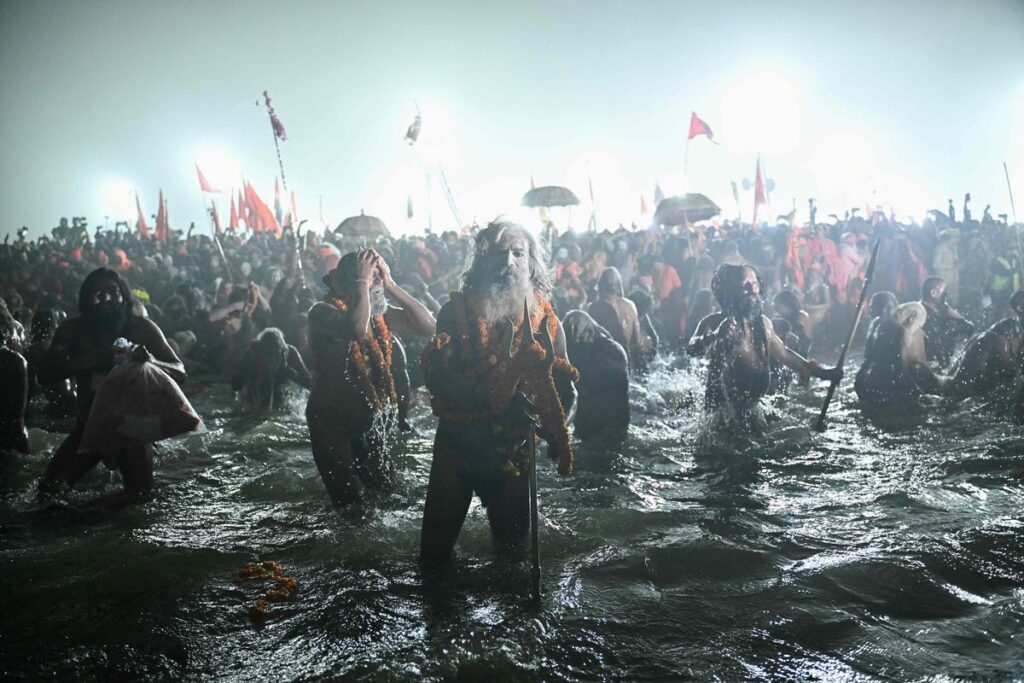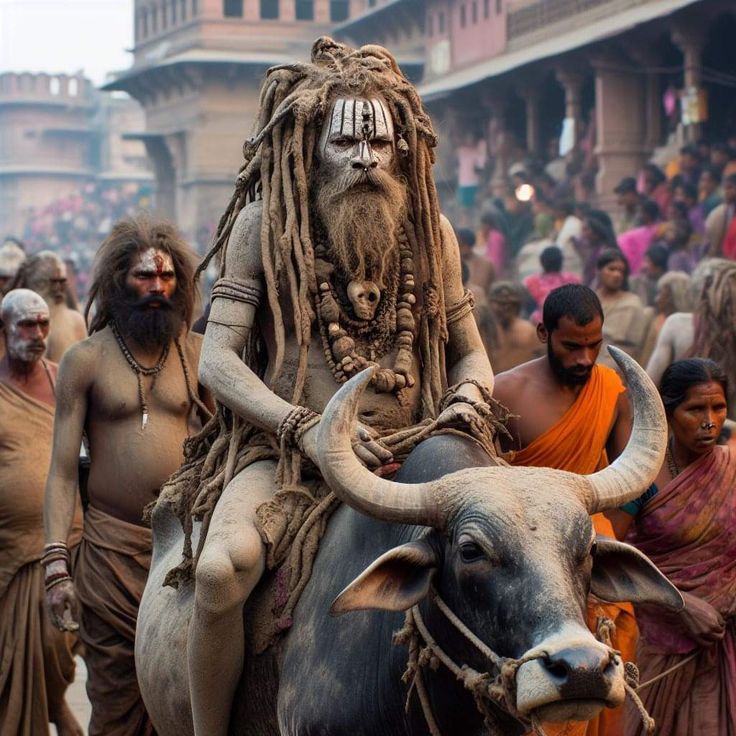The Mahakumbh Mela, a massive spiritual gathering in India, is a unique event that holds deep religious significance for Hindus. In 2025, the city of Prayagraj (formerly Allahabad) will host this momentous event from January 13 to February 26. As millions of devotees from around the world converge at the Triveni Sangam—the confluence of the Ganga, Yamuna, and the mythical Saraswati river—the Mahakumbh Mela promises to be an extraordinary celebration of faith, culture, and spirituality. Here’s everything you need to know about this sacred festival.

What is Mahakumbh Mela?
The Mahakumbh Mela is the largest religious gathering in the world. This sacred event occurs once every 12 years, rotating between four locations in India—Prayagraj, Haridwar, Ujjain, and Nashik. However, the 2025 Mahakumbh Mela holds a particularly rare and exceptional significance, occurring only once every 144 years. This makes the 2025 edition of the festival even more auspicious for devotees.
During the Mela, millions of pilgrims gather to take a holy dip at the Triveni Sangam, where the three rivers—Ganga, Yamuna, and the mythical Saraswati—meet. It is believed that bathing in these holy waters cleanses the soul of sins and grants liberation, or moksha.

Key Dates for Mahakumbh Mela 2025
The 2025 Mahakumbh Mela will span over a period of 45 days. Pilgrims visit to take part in various holy bathing rituals, known as Shahi Snans, which are believed to wash away sins and purify the soul. Here are the important bathing dates for this year’s event:
- January 13, 2025: Paush Purnima Snan (Opening Day)
- January 15, 2025: Makar Sankranti Snan
- January 29, 2025: Mauni Amavasya Snan (Royal Bath/Shahi Snan)
- February 3, 2025: Basant Panchami Snan (Royal Bath/Shahi Snan)
- February 12, 2025: Maghi Purnima Snan
- February 26, 2025: Maha Shivratri Snan (Concluding Day)
These dates are the most significant during the festival, with Mauni Amavasya and Basant Panchami being the most auspicious for a large influx of pilgrims.
The Mythological History of the Kumbh Mela
The origins of the Kumbh Mela trace back to ancient Hindu mythology. According to the legend of Samudra Manthan (the churning of the ocean), the Devas (gods) and Asuras (demons) churned the ocean to retrieve the nectar of immortality, known as Amrit. During the churning, a Kumbh (pot) containing the Amrit emerged, and to protect it from the demons, Lord Vishnu, in the guise of Mohini, carried the pot across the earth. It is believed that a few drops of the Amrit fell at four places—Prayagraj, Haridwar, Ujjain, and Nashik—making these locations sacred and the site for the Kumbh Mela.

Significance of Prayagraj and the Triveni Sangam
Prayagraj holds special significance as it is home to the Triveni Sangam, the confluence of three rivers: the Ganga, Yamuna, and the mythical Saraswati. This sacred site has been revered for thousands of years and is considered one of the holiest places for Hindus. It is believed that taking a dip in the Sangam’s waters purifies the soul and helps in attaining moksha. The confluence of these rivers, especially Saraswati (which is considered invisible), adds an extra layer of spiritual mysticism to the site.
In 2025, the Maha Kumbh Mela is even rarer due to a special planetary alignment, believed to occur only once every 144 years. This makes the event especially auspicious, amplifying the prayers and rituals performed during the Mela.

Key Rituals and Activities at Mahakumbh Mela 2025
Apart from the holy baths, the Mahakumbh Mela is a grand celebration of faith, culture, and spirituality. The main rituals include:
- Shahi Snans (Royal Baths): These are the most sacred baths performed by saints and spiritual leaders. During these rituals, prominent religious figures like Naga Sadhus and Akharas (religious orders) bathe in the holy rivers, and millions of pilgrims follow suit.
- Spiritual Discourses and Lectures: Renowned spiritual leaders and scholars deliver talks on philosophy, religion, and spirituality, offering valuable insights and teachings for those seeking spiritual guidance.
- Kirtans, Bhajans, and Chanting: Devotees participate in religious songs, chants, and prayers, creating a vibrant and spiritually charged atmosphere.
- Yoga and Meditation: Pilgrims often engage in yoga and meditation to achieve mental, physical, and spiritual balance.
- Akhara Processions: The procession of various Akharas, including the entry of Naga Sadhus, adds a cultural and historical dimension to the Mela.
Cultural and Social Importance of the Mahakumbh Mela
Beyond its religious and spiritual significance, the Mahakumbh Mela also serves as a cultural festival. It’s a time when people from all walks of life come together to celebrate their shared beliefs, creating a sense of unity, peace, and harmony. The event fosters a deep sense of connection among the millions of devotees who travel to Prayagraj to be part of this sacred gathering.

Conclusion
The Mahakumbh Mela 2025 promises to be an event of monumental spiritual, cultural, and historical significance. Whether you’re attending for a spiritual experience, to participate in the grand rituals, or simply to witness one of the largest gatherings in the world, this rare occasion will offer something profound for everyone. Make sure to plan ahead for your visit and partake in this extraordinary celebration of faith, devotion, and human.







Leave a Reply